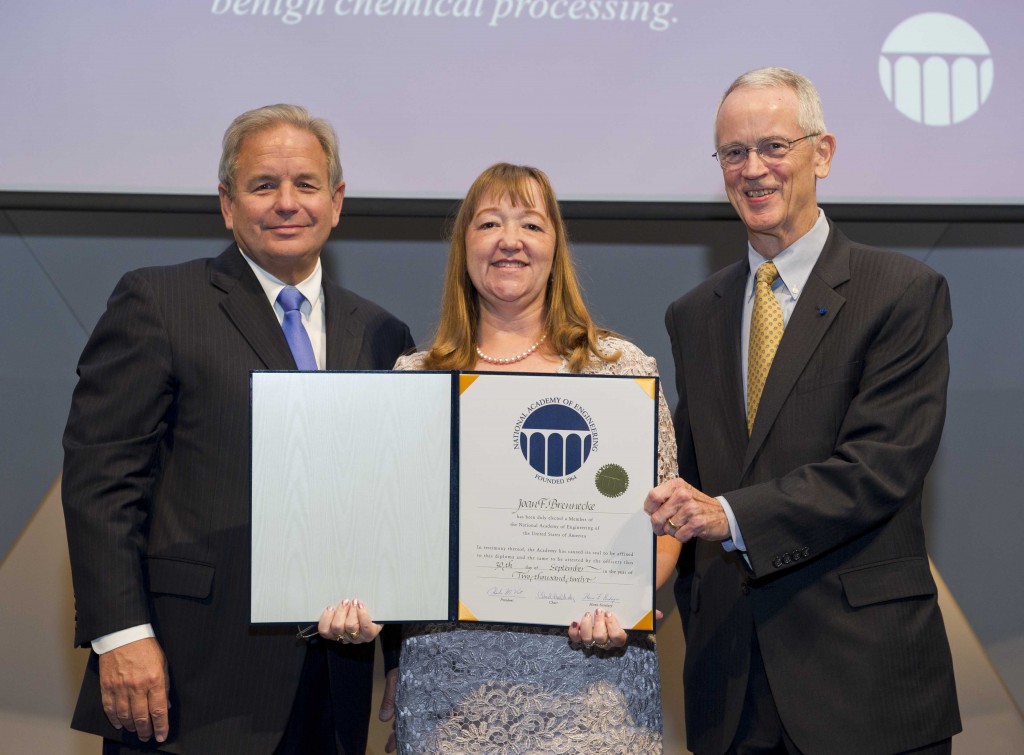Austrian scientists have shown that an environmentally friendly enzyme, laccase, can be used to replace toxic drying agents in paint.
Currently, water-based paints contain heavy metals that dry the alkyd (polyester) resin films that are used as binding agents by catalysing the oxidative cross-linking of unsaturated fatty acid moieties in the films. Heavy metals are often toxic, and the commonly used cobalt-based catalysts have recently proved to be carcinogenic, and so alternative materials are being sought.

An enzyme system could be an environmentally friendly alternative to toxic heavy metal drying agents in paints
Enrique Herrero Acero at the Austrian Centre of Industrial Biotechnology, Graz, and colleagues, decided to replace the heavy metal catalysts with a laccase enzyme–mediator-based, non-toxic biocatalyst. Laccases, found in fungi, bacteria and plants, can catalyse the oxidation of mainly phenolic substances, and are already used in other fields, including the food, pulp and paper, and textile industries.
Read the full article in Chemistry World
Read the original article online:
Banning toxic heavy-metal catalysts from paints: enzymatic cross-linking of alkyd resins
Katrin J. Greimel, Veronika Perz, Klaus Koren, Roland Feola, Armin Temel, Christian Sohar, Enrique Herrero Acero, Ingo Klimant and Georg M. Guebitz
Green Chem., 2013, Advance Article
DOI: 10.1039/C2GC36666E











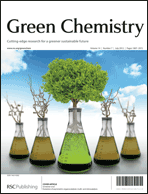 As the year draws to a close, here is a list of the top 10 cited review articles in Green Chemistry in 2012 – all free to access until the
As the year draws to a close, here is a list of the top 10 cited review articles in Green Chemistry in 2012 – all free to access until the 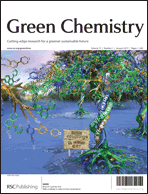 The front cover of this month’s issue highlights the work of
The front cover of this month’s issue highlights the work of 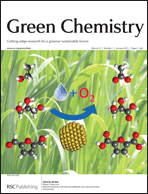 The inside front cover features the work by
The inside front cover features the work by 

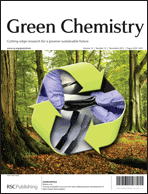
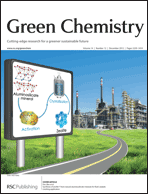

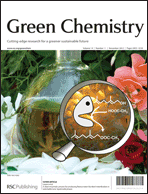 The front cover of issue 11 of Green Chemistry features work my
The front cover of issue 11 of Green Chemistry features work my 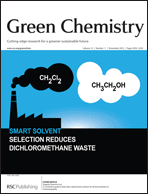 The inside front cover of the issue features work by
The inside front cover of the issue features work by 